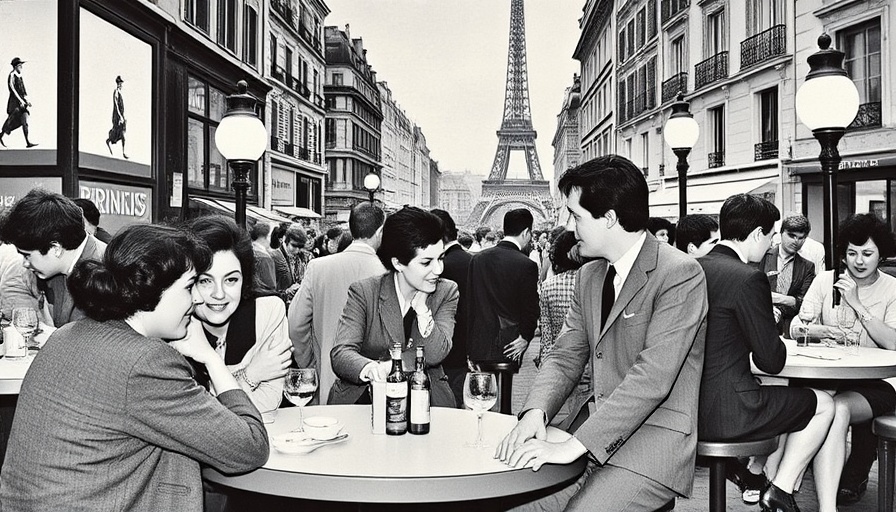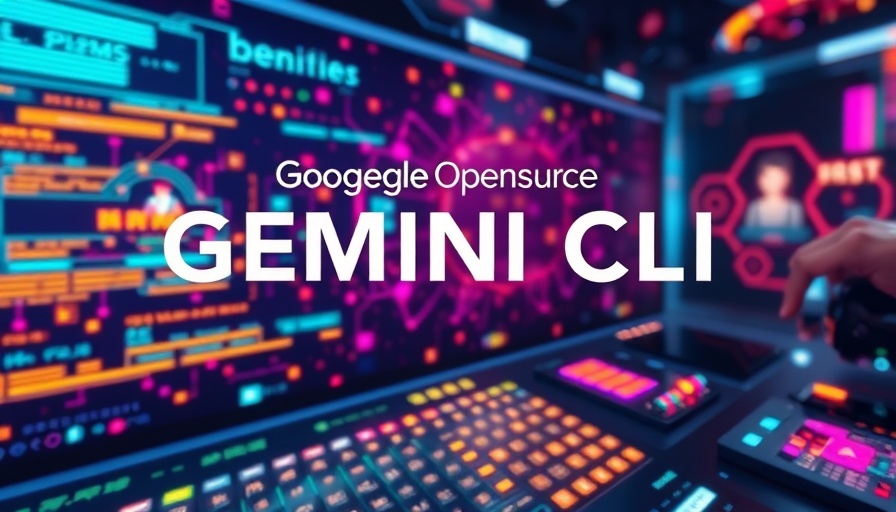
Rediscovering the 'Crazy Years' of Prewar Paris
Imagine a time when Paris was a playground for the avant-garde, a melting pot of cultures and ideas set against the backdrop of post-World War I recovery. The new exhibition at the Musée Carnavalet does just that, using advanced artificial intelligence to transform census records into a lens through which we can view the vibrant pulse of the city in the 1920s. It was during these 'crazy years'—or les années folles—that the city came alive with the laughter and ambitions of young, unattached individuals, artists, and intellectuals.
Artificial Intelligence: A Tool for Unearthing History
By leveraging AI technologies, the curators have accessed over 8 million handwritten census entries from 1926, 1931, and 1936. This unprecedented access allows us to glimpse into the lives of those who inhabited the city during this period. As noted by Valérie Guillaume, director of the Musée, the data reveals a compelling portrait of Paris populated by singles seeking adventure, artistic expression, and a sense of belonging.
A Hotspot for Influential Figures
The exhibition brings to life the mingling of figures like James Joyce, who was diligently working on his masterpiece Finnegans Wake, alongside contemporaries like Pablo Picasso and Gertrude Stein. This was not merely a community of artists but an international ensemble drawn from various backgrounds and experiences, escaping war, revolution, and seeking new opportunities in a city bursting with possibilities.
Insights on Cultural Dynamics
The predominance of young, single adults in Paris during the 'crazy years' tells us something significant about the cultural dynamics of the time. France’s previously established norms shifted, allowing new ideas and lifestyles to flourish. The rich tapestry of communities influenced everything from fashion to literature, as brilliant minds congregated in cafés and studios, fostering a world that inspired future generations.
The Future of AI in Cultural Understanding
As we look to the future, the intersection of AI and historical studies suggests promising potential for understanding cultural shifts and societal changes. The tools that help us explore these 'crazy years' in Paris may well evolve into robust resources that illuminate similar historical epochs. This serves a dual purpose, allowing us to not only remember the past but also to analyze how those patterns might guide our decisions in the modern age.
By engaging with this rich historical narrative, we can learn much more than just artistic achievements; we gain insights into the human experience shaped by societal upheaval and technological advancements. These lessons are particularly relevant for those curious about understanding how the evolution of AI could influence the art and culture of tomorrow.
 Add Row
Add Row  Add
Add 




Write A Comment